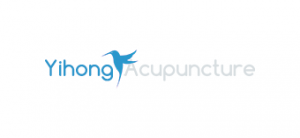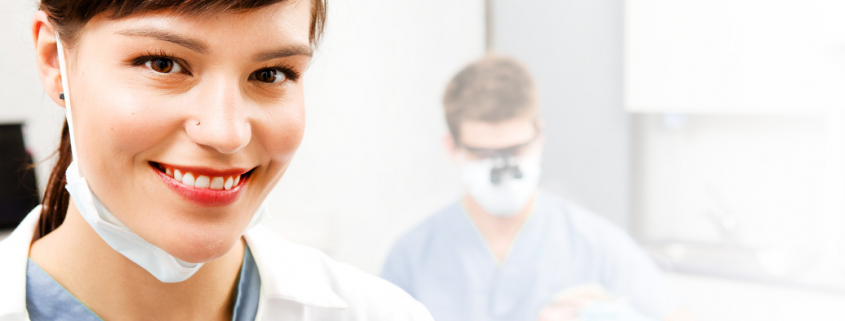Discover the Healing Power of Cupping Therapy
Cupping treatment is a type of Chinese medicine that dates back thousands of years. It is founded on the concept that stagnant blood and poor energy flow through the body are some of the causes of various health conditions.
How Cupping Therapy Works
According to Natural Therapy Pages, the pressure created from applying cups at specific body points creates suction, which draws blood to that area. As a result, blood flow is increased. Much like acupuncture, cupping is based on the meridian theory of the body.
Ashley Marcin wrote an article on Healthline, which was medically reviewed by Debra Sullivan, PHD., MSN, R.N., C NE, COI. Marcin reports that by increasing blood circulation to the areas where the cups are placed, cupping relieves muscle tension, promoting overall blood flow and cell repair. Cupping may also help in the formation of new blood vessels and connective tissue.
Types of Cupping Therapy
There are two types of cupping; wet and dry cupping.
Although there is little literature on how cupping therapy works, Natural Therapy pages say that it relieves pain by increasing blood flow, reducing inflammation, and supporting the body in self-healing.
Robert H. Shmerling, MD, Senior Faculty Editor, Havard Health publishing, says that cupping is used in the treatment of;
• Back and neck pain
• Acne and hives
• Migraines and headaches
• Knee pain
Health Benefits of Cupping
In addition to these benefits, Huijuan Cao, Xun Li, and Jianping Liu of Beijing University of Chinese Medicine and Pharmacology wrote that cupping therapy improves symptoms of respiratory diseases such as Pneumonia, Bronchitis, and asthma. These symptoms include dyspnea and cough.
They also documented that cupping therapy relieves pain associated with nerve compression and nerve root disorders like Bell’s palsy.
Cupping improves the immunity of the body. Therefore, people use it to complement their treatment for a variety of health conditions.
Side Effects and Precautions
The side effects of cupping occur during or after treatment.
They include;
• Dizziness
• Nausea
• Infection
• Bruising
• Scarring
Cupping contraindicated in the following groups of people;
• Children under four years old
• Seniors
• Pregnant people
• People on blood thinners
• People with open ulcers, sunburn, and internal organ disorders.
Works Cited
Wei-Bo Zhang,guang-Jun Wang,Kjell Fuxe. “Classic and Modern Meridian Studies: A Review of Low Hydraulic Resistance Channels along Meridians and Their Relevance for Therapeutic Effects in Traditional Chinese Medicine.” NCBI (2015): n. pag. Web.
Huijuan Cao,xun Li ,jianping Liu. An Updated Review of the Efficacy of Cupping Therapy. N.p., 2012. Web.
Marcin, Ashley. “What Is Cupping Therapy?” (2019): n. pag. Web.
Pages, Natural Therapy. “Cupping.” Web.



